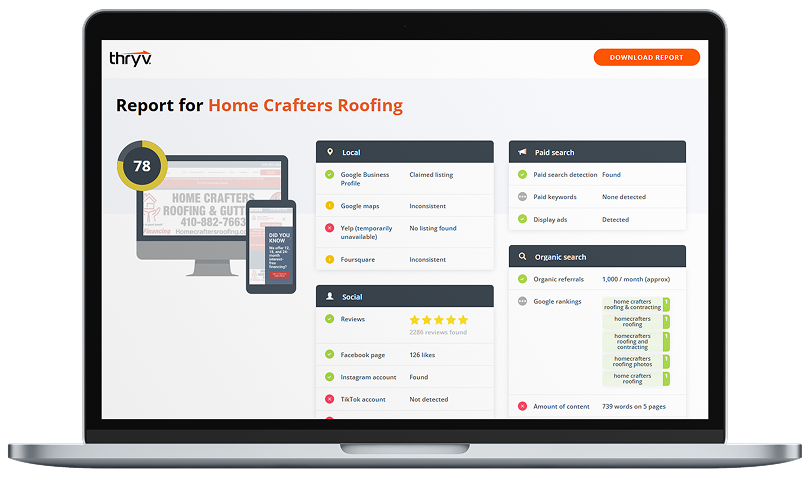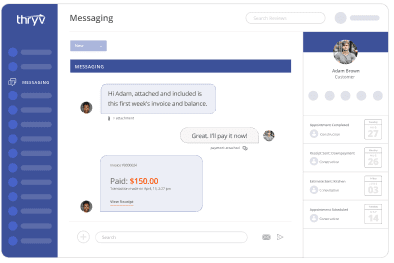Geo-targeting of mobile ad display–being able to provide ads to consumers based on their location, and reducing the rate of wasted efforts–is showing a steady increase in popularity among marketers, and the results are encouraging. “The Effectiveness of Geo-Targeted Mobile Ads: Location Data Pumps up Performance,” a new study conducted by eMarketer, addresses some of the key questions surrounding geo-targeting, and has returned some eyebrow-raising details.
Of particular interest is the data concerning geo-targeted ads and how they are used. For example, Facebook is the most popular platform used because marketers can target consumers on several levels, including location data centered on ZIP code, city, and state, thereby reaching a wider audience and providing increased access to a greater range of inventory. However, geo-tracking data can also be refined to the point of identifying customers within a very small radius, allowing mobile ad marketing to be even more personal and relevant.
According to the study, “[it is]…estimated advertisers in the US would invest $725 million in local mobile display advertising in 2013, which is nearly twice the amount spent last year.”
In addition, as brands and marketers understand how to use tracking data from smartphones and tablets to target consumers, “…total expenditures would more than triple over the next four years, to over $2.74 billion, as more national brands realign strategies to sync up with the increased use of mobile devices.”
Some key points from the study include:
- Mobile display ads are just one segment of an aggregated mobile marketing strategy, combining with text messages, mobile search ads, and in-app messages.
- Display spending is progressing at a pace equal that of geo-targeting marketing
- Mainstream brands are increasing their use of geo-targeting marketing approaches
- The process is still evolving as greater understanding of real time geo-targeting approaches continues to develop
The study also provided insight into problems associated with hyper-refined geo-tracking as some geo-targeting platforms allow marketers to pinpoint the range to specific locations, including indoors, onsite, and even by aisle. However, the more specific and narrow the geo-target radius, inventory becomes more limited and those outside the perimeter of the zone will not be reached by the ad placement.
Resource:
eMarketer. “Location Data Pumps up Mobile Performance”. Oct. 31, 2013.


